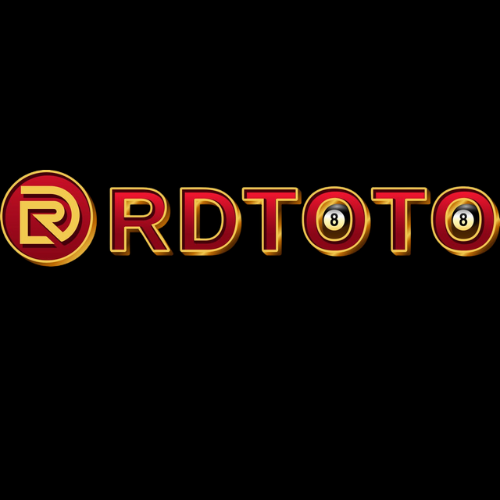
RDTOTO adalah Akses login resmi situs toto dengan link toto togel 4D yang terpercaya saat ini! Sebagai sitsus resmi toto , RDTOTO mengutamakan kejujuran , kecepatan dan kenyamanan agar RDTOTO menjadi tempat situs favorit bagi para pemain.RDTOTO juga hadir sebagai salah link situs toto 4D resmi dengan menyediakan permainan toto togel 4D terpercaya nomor 1 di Indonesia.RDTOTO menjadi pilihan tepat bagi siapa pun yang mencari situs toto togel 4D terpercaya dengan standar keamanan tinggi dan peluang menang yang konsisten di setiap permainan.
| NAMA APLIKASI | Link Toto Togel 4D Resmi Terpercaya |
|---|---|
| KATEGORI | GameApplication (Permainan / Game) |
| PLATFORM | Android, iOS, Windows |
| HARGA | Rp. 5.000 |
| RATING | 4.9 dari 8.888 pengguna |

